With AI tools making product development faster than ever, it’s no surprise that the competition is brutal. Every product is fighting for attention and, more importantly, for retention.
If you’re a product designer, you already know the real challenge isn’t just getting users in the door. It’s getting them to stick around. This is where gamification becomes your best friend. Done right, it keeps users engaged, builds habits, and nudges them toward goals, without feeling forced.
In this article, I’ll break down practical gamification strategies and UI elements you can apply, when to use them, and how they help both users and your business.
1. Daily Challenges
Give users small, achievable tasks that help them learn your product and feel progress every day. It’s simple, effective, and keeps them coming back.
How it works:
Offer 4–5 daily tasks that users can finish in a few minutes. Vary the difficulty so it’s approachable for beginners but rewarding for pros. Add a reward, whether it’s game points, a badge, or something monetary.
Why it works for users:
Daily tasks build momentum. They get familiar with your product while feeling like they’re making progress.
Why it works for the business:
You guide users toward specific actions that matter to your goals, like completing onboarding, trying features, or making a purchase. It lifts daily active users and boosts retention.
Example:
Duolingo nails this. It gives users daily quests with small challenges and surprise rewards that keep them engaged and learning.
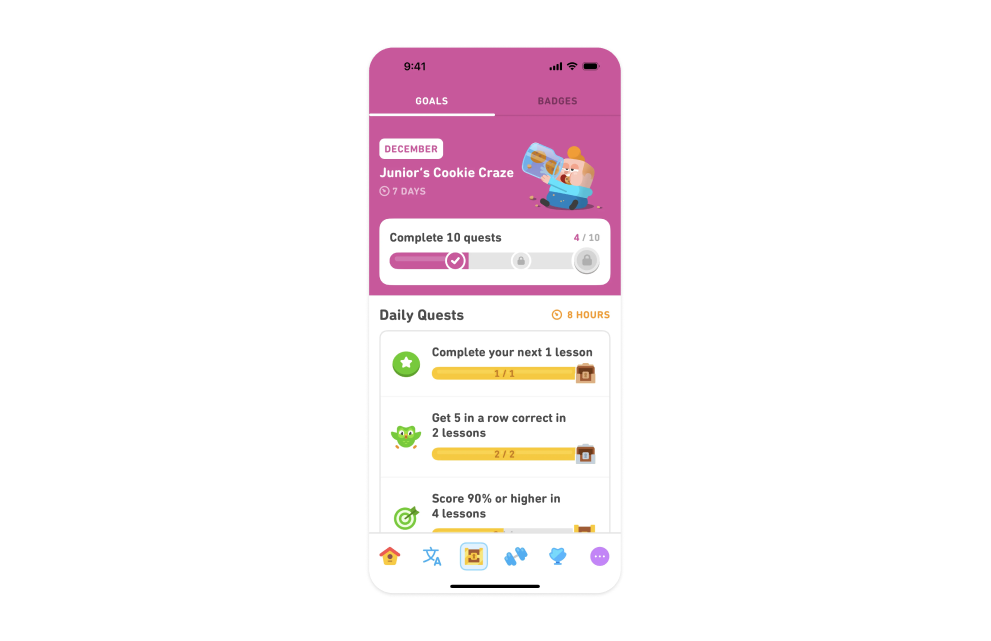
2. Streaks
Even the best product gets forgotten if users drift away. Streaks turn occasional users into daily users by building habits.
How it works:
Track daily check-ins. If a user skips a day, the streak resets. That small sense of loss creates urgency and motivation.
Why it works for users:
No one wants to break a streak. It’s satisfying to see those numbers climb. Over time, this habit makes your product part of their daily life.
Why it works for the business:
It keeps churn low and increases user lifetime value.
Example:
Duolingo streaks are a key reason users stick around. That fire icon is more powerful than it looks.
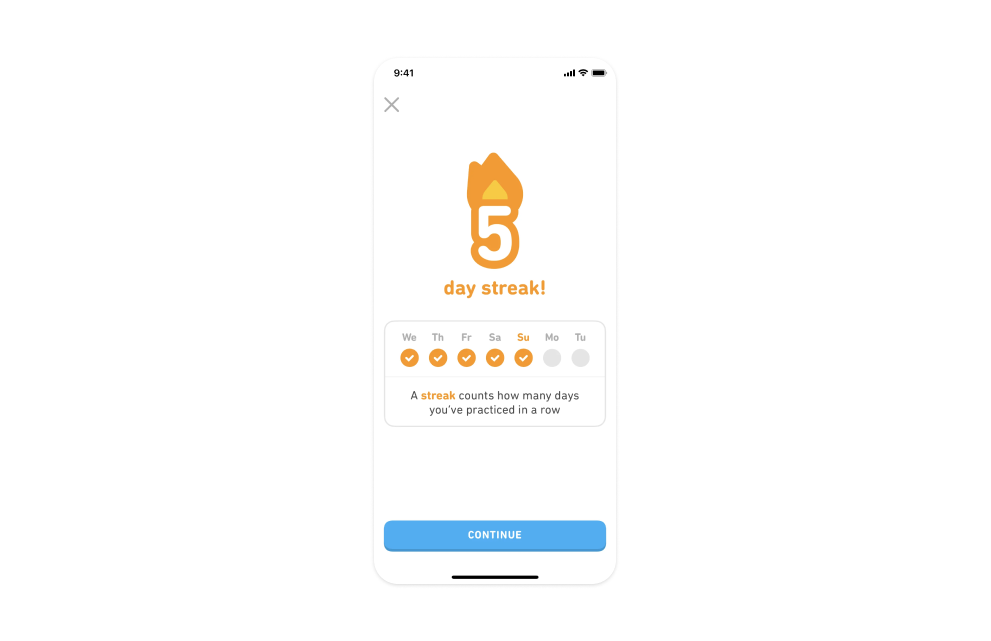
3. Monthly Contests
Daily challenges are short-term motivators. But what keeps users around for the long haul? Monthly contests with meaningful rewards.
How it works:
Set a goal that spans weeks, like completing a course, staying active, or hitting milestones. Offer real rewards for the top performers. The bigger the reward, the stronger the commitment.
Why it works for users:
They stay engaged and work toward something bigger, all while building habits that benefit them.
Why it works for the business:
It drives long-term usage and opens the door for partnerships and sponsorships tied to the rewards.
Example:
Strava runs monthly fitness challenges where users can earn digital badges and even prizes. It keeps the community active and socially driven.
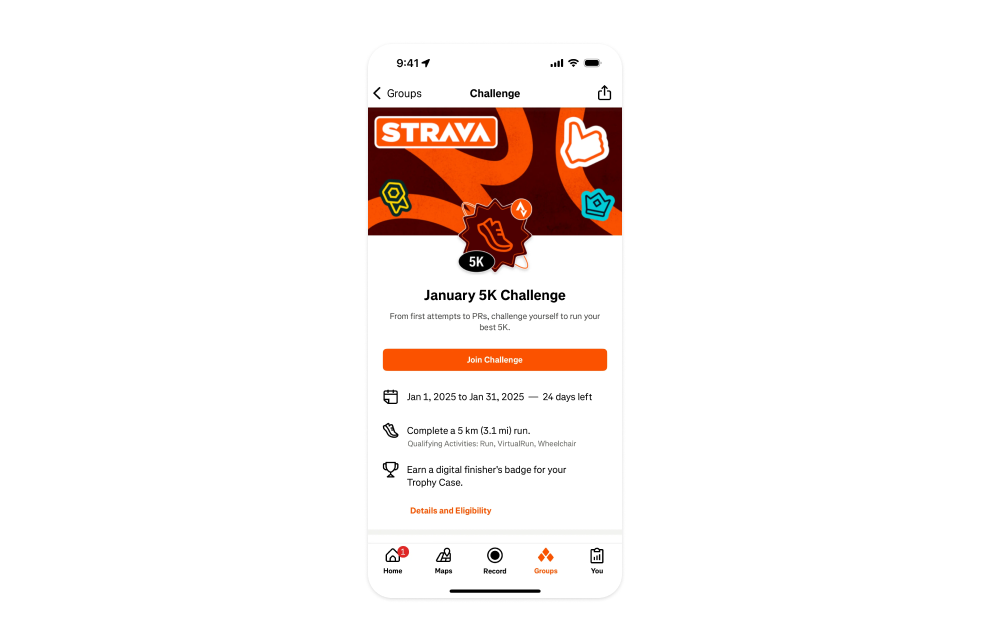
4. Leaderboards
Contests without leaderboards? That’s just progress in a vacuum. Leaderboards add the social layer; people love to see where they stand.
How it works:
Show user rankings based on points, progress, or achievements. Let them know what actions will move them up the board.
Why it works for users:
Healthy competition creates motivation. They’ll push themselves just to beat a friend or climb one spot higher.
Why it works for the business:
Leaderboards fuel social sharing, referrals, and increased activity as users chase rankings.
Example:
Mimo, a coding app, uses leagues and leaderboards to track progress. Users earn points and get promoted to higher leagues, which adds structure and motivation.
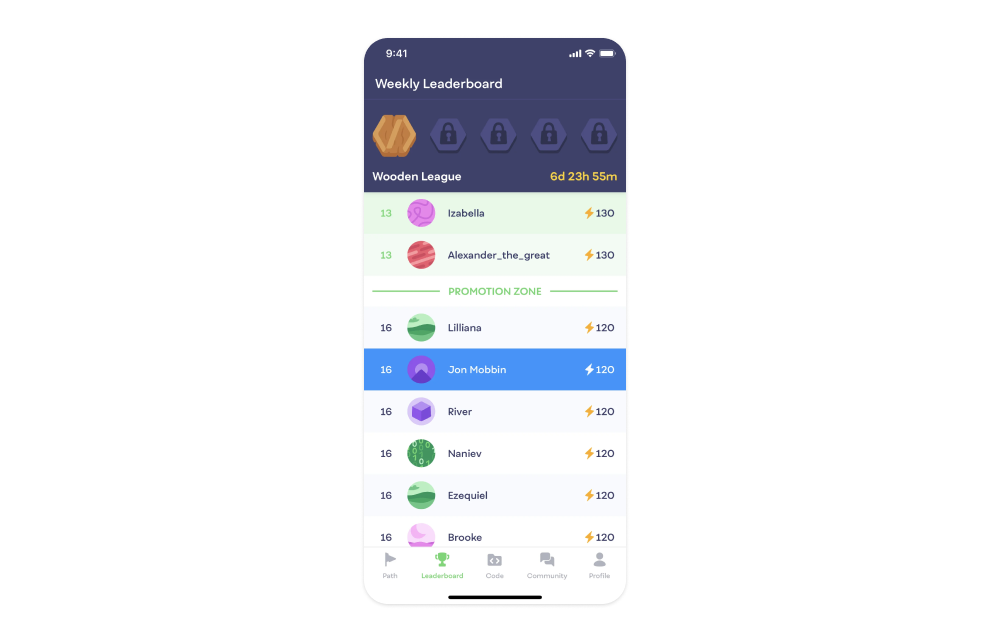
5. Awards and Achievements
Sometimes users need a little validation. Acknowledging their progress can be more powerful than you think.
How it works:
Celebrate user milestones, finishing a course, hitting a streak, completing a tough challenge with badges, trophies, or shareable awards.
Why it works for users:
It taps into pride. They get to show off what they’ve done, feel recognized, and stay motivated to keep going.
Why it works for the business:
It deepens user loyalty. Top contributors often become your biggest advocates.
Example:
Skillshare gives achievements when users complete 25, 50, or more classes. It’s a small thing, but it goes a long way in building momentum and community pride.
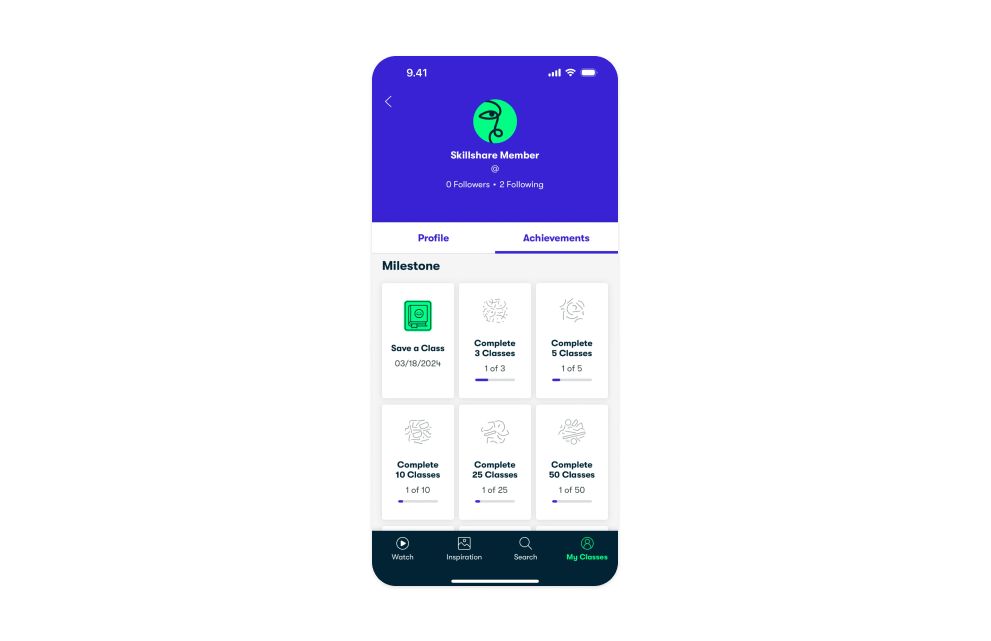
Final Thoughts
Gamification isn’t just a trend. It’s a toolkit for building better, more human-centered products. When done right, it turns friction into flow and routine into habit.
But here’s the thing: not every product needs every element. The key is to understand your users and pick what works for their journey and your goals.
Start small. Add one or two gamified experiences, track their impact, and evolve from there. Because at the end of the day, users don’t just want to use your product, they want to enjoy the ride.
Why Your Product Feels Boring and How Gamification Can Fix It was originally published in UX Planet on Medium, where people are continuing the conversation by highlighting and responding to this story.